Last updated: October 18, 2019
Article
Capturing the Colors: Conservation Work at Desert View Watchtower Concludes
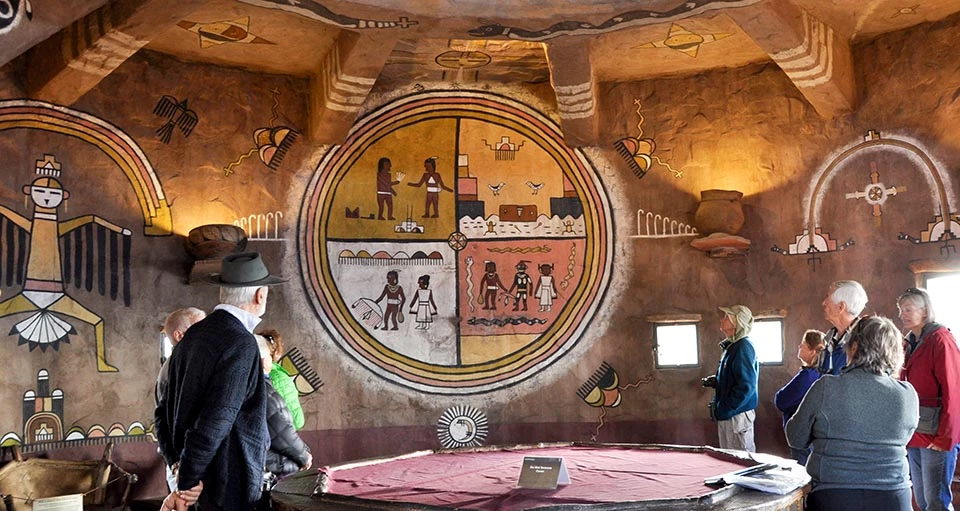
The red, yellow, blue, brown, black and white hues on the walls and ceilings of the Desert View Watchtower are once again vividly on display. Over the past four years, the historic tower at Grand Canyon National Park’s Desert View area has undergone extensive conservation and graffiti remediation work on the interior to conserve the murals that were painted in 1932.
Since 2015, one floor of the five-story tower was completed each year in six to eight-week segments, with work on the fifth floor concluding over the past weekend. The conservation effort, completed by Conservation Associates of Santa Fe, New Mexico, began with a comprehensive condition assessment of the tower.
Since 2015, one floor of the five-story tower was completed each year in six to eight-week segments, with work on the fifth floor concluding over the past weekend. The conservation effort, completed by Conservation Associates of Santa Fe, New Mexico, began with a comprehensive condition assessment of the tower.
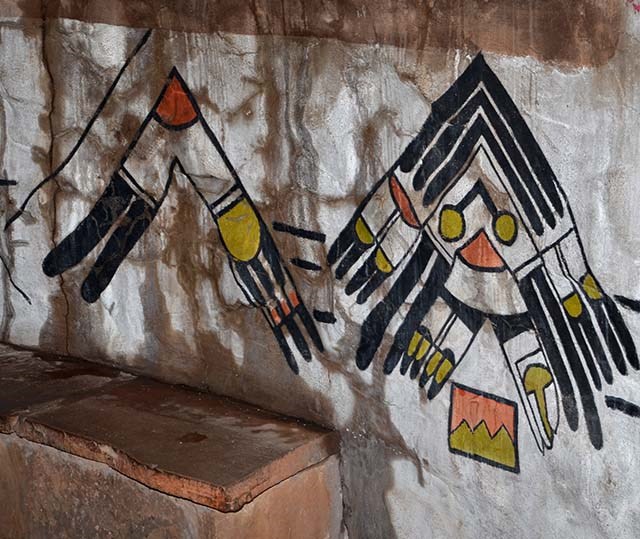
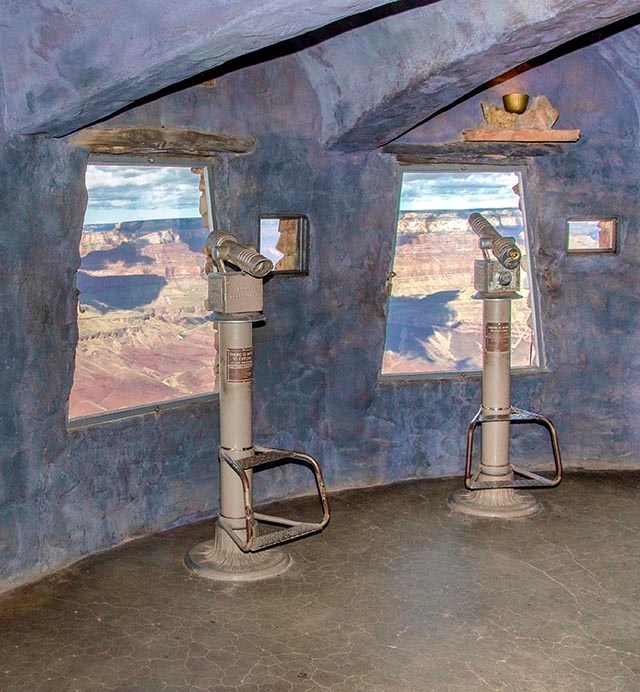
“In the worst areas of damage, the conservationists filled deep gouges where names had been carved into historic window sills and staircases. They then used conservation toning techniques to recreate the natural pigments in the wood,” said Jenn O’Neill, Grand Canyon National Park’s partnerships and planning coordinator. “A different removal technique was required for each type of graffiti caused, for example, by permanent markers, nail polish or pens.”
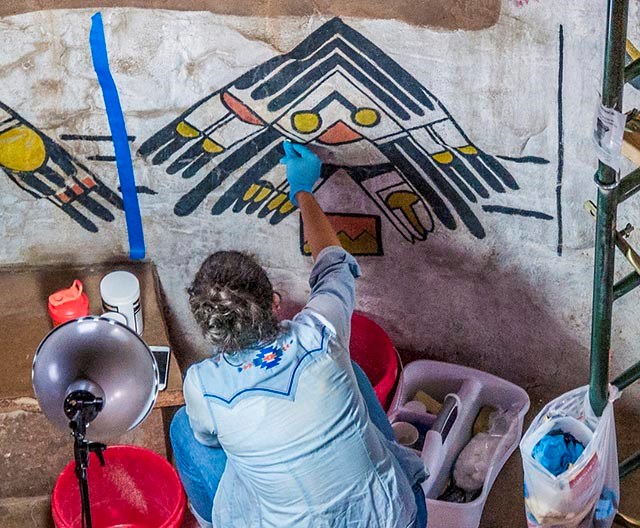
“This is the largest conservation project conducted within the tower since it was built and the murals were painted,” said Craig Chenevert, Grand Canyon National Park’s historical architect. “All of the conservation work conducted is reversible should a better conservation technique be developed in the future.”
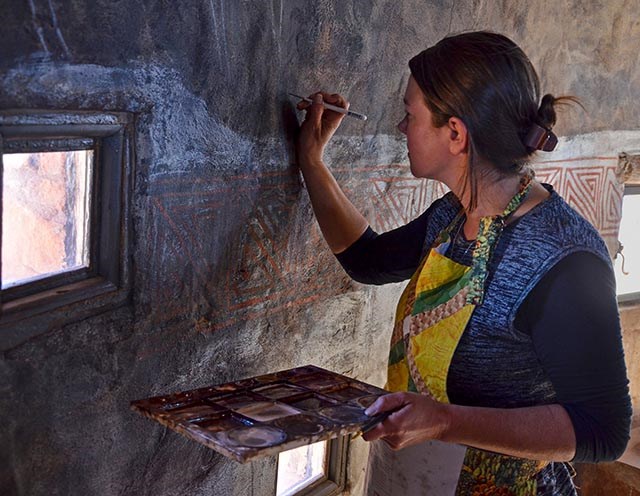
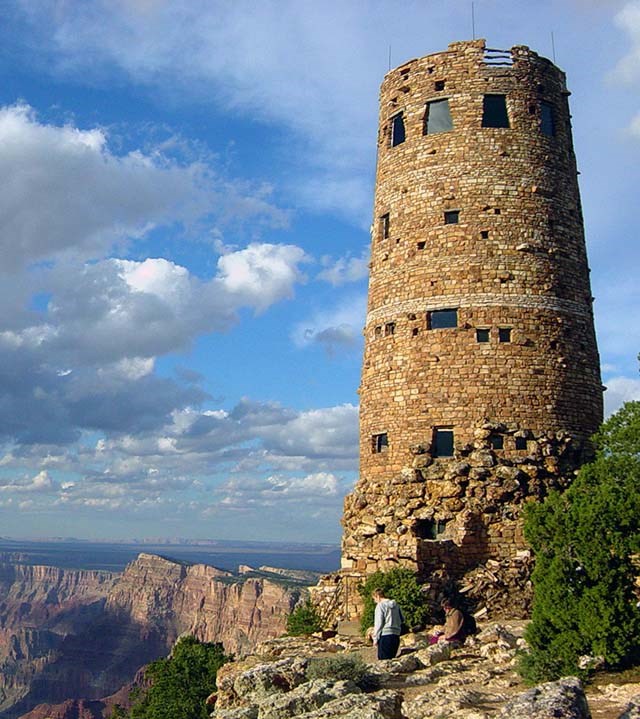
The Desert View area has been used as a gathering place for thousands of years, and it currently represents the physical and cultural gateway from Grand Canyon National Park to tribal communities.
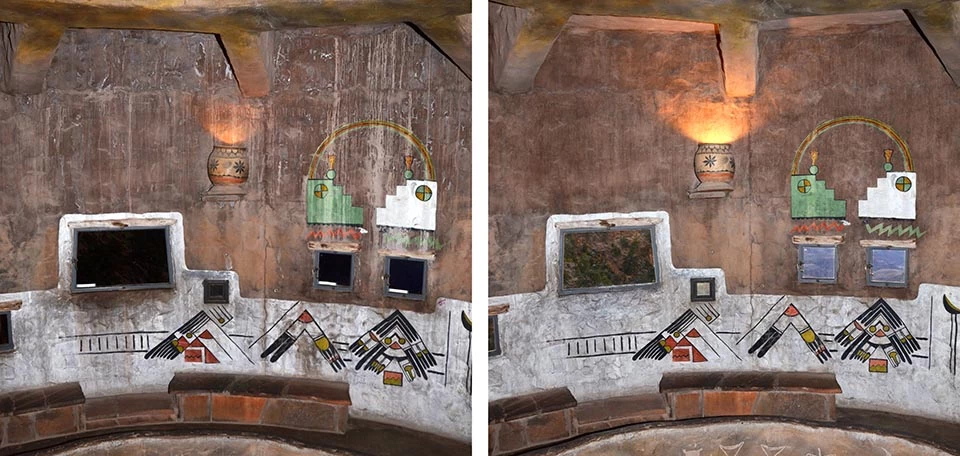
Learn more about Desert View Watchtower here: https://www.nps.gov/grca/learn/photosmultimedia/mary-colter---indian-watchtower.htm.
Additional photos of the conservators at work in the watchtower.
Additional photos of the conservators at work in the watchtower.
